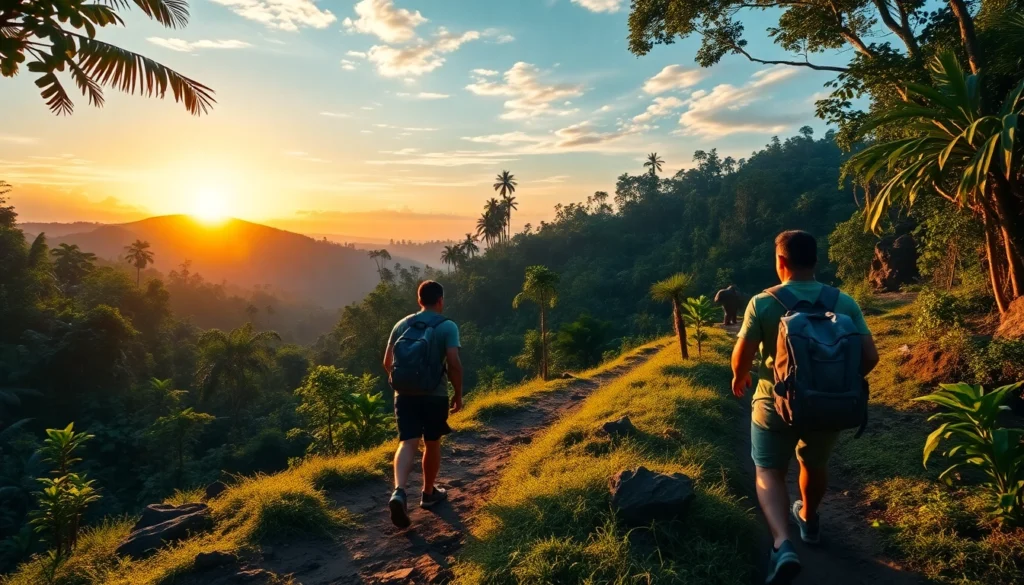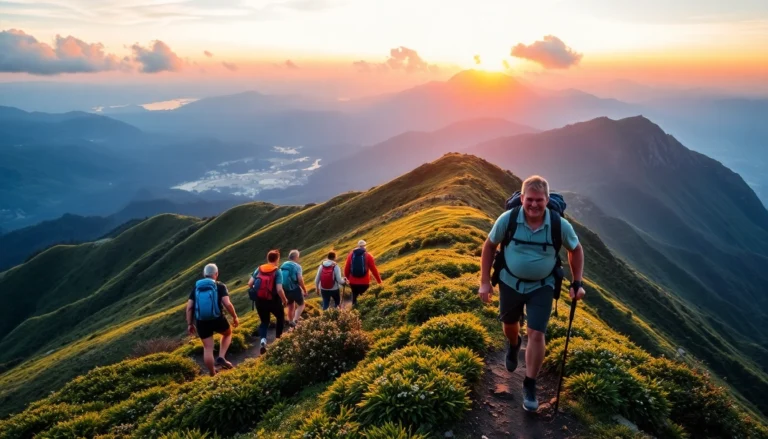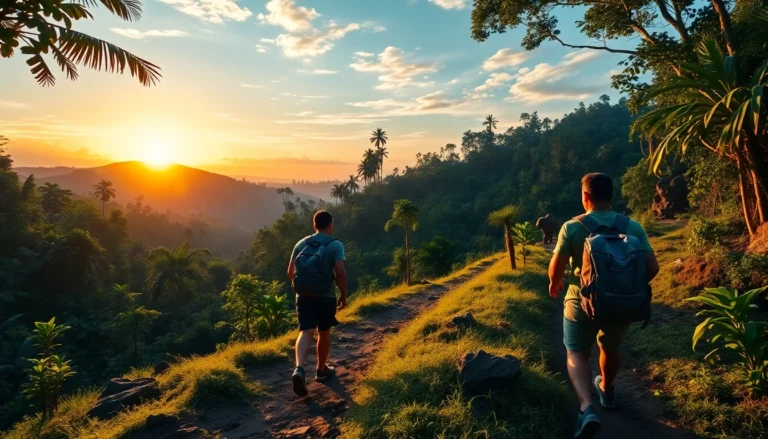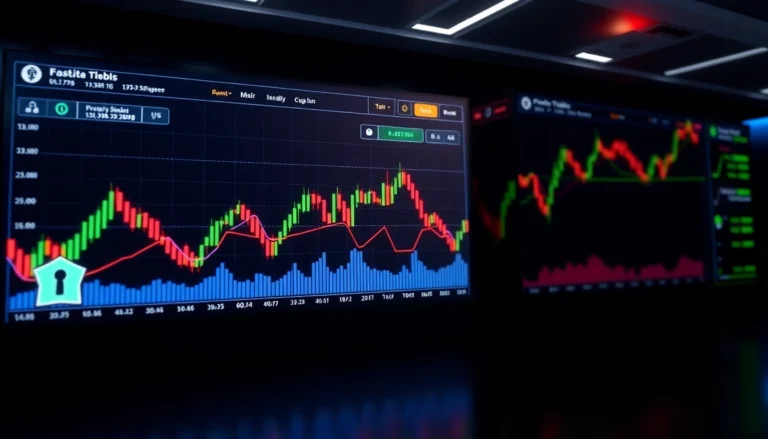
Understanding Trekking in Indonesia: From Basics to Adventure
What Is Trekking and How Does It Differ from Hiking?
Trekking is an intense form of long-distance outdoor activity that involves traversing rugged terrains over extended periods, typically spanning multiple days. It combines physical endurance with mental resilience, often requiring trekkers to carry their supplies, navigate unmarked trails, and adapt to unpredictable environments. For enthusiasts eager to explore Indonesia’s vast wilderness, understanding what sets trekking apart from hiking is crucial.
Trekking in particular is characterized by its challenge, endurance demands, and the immersive experience it offers in remote or untouched natural landscapes. Unlike casual hiking—which might take a few hours on designated trails—trekking demands meticulous planning, physical preparation, and a willingness to face the elements.
According to recent insights, trekking is described as “a long, vigorous hike in a wild natural environment for multiple days, often off hiking trails.” It involves walking or hiking through rugged, sometimes treacherous terrain that may include mountains, rainforests, or remote valleys. This activity not only tests endurance but also pushes physical limits, making it an adventure for those seeking more than a casual outdoor stroll.
To put it simply, hiking tends to be a shorter, often less demanding activity carried out on well-maintained paths or parks, whereas trekking ventures into less accessible and more challenging environments that require a higher level of skill, gear, and preparation. Enjoying a multi-day journey through Indonesia’s incredible mountains and forests epitomizes the essence of trekking and offers a profound sense of achievement and connection with nature.
Trekking in Indonesian Landscapes: Unique Features and Challenges
Indonesia, an archipelago boasting over 17,000 islands, offers a diverse array of landscapes perfect for trekking adventures. From volcanic mountains such as Mount Rinjani on Lombok to lush rainforests in Borneo and the scenic highlands of Sumatra, the natural environment provides dynamic settings that attract trekkers worldwide.
One of Indonesia’s most iconic trekking destinations is Mount Rinjani, the second-highest volcano in Indonesia, standing at 3,726 meters above sea level. Trekking here involves steep ascents, volcanic craters, hot springs, and breathtaking vistas. The terrains are rugged, with volcanic ash, loose rocks, and varying weather conditions, demanding both physical stamina and careful planning.
The rainforests of Borneo and Sumatra introduce trekkers to dense foliage, endemic wildlife, and the challenge of navigating trail less traveled. These environments pose unique challenges such as unpredictable weather, insects, and the need for sustainable practices to preserve delicate ecosystems.
Additionally, Indonesia’s remote areas often lack conventional accommodations or marked trails, making technical skills, survival knowledge, and resourcefulness indispensable. The local communities add cultural richness to trekking experiences, allowing adventurers to engage with indigenous tribes and learn about their way of life, which further broadens the significance and depth of each expedition.
Common Trekking Routes in Indonesia: From Mountains to Rainforests
Indonesia offers an extensive range of trekking routes suitable for various skill levels—from beginners to experienced adventurers. Here are some of the most prominent routes that showcase the country’s natural beauty:
- Mount Rinjani (Lombok): As Indonesia’s second-highest peak, Rinjani’s multi-day trek takes you through lush forests, volcanic craters, hot springs, and panoramic caldera views. It’s a popular route for experienced trekkers seeking a challenging ascent backed by stunning scenery.
- Mount Kerinci (Sumatra): Sitting at 3,805 meters, this active volcano offers a relatively accessible yet rewarding trek through tropical rainforests with opportunities to see exotic wildlife and waterfalls.
- Borneo Rainforest Trek: Exploring the world’s third-largest rainforest, trekkers can encounter orangutans, diverse flora, and indigenous cultures, often participating in conservation projects.
- Berastagi Highlands (Sumatra): For those seeking a less demanding adventure, this route offers scenic views of volcanic landscapes, traditional villages, and cool mountain air.
- Taman Nasional Ujung Kulon: Known for its biodiversity, this national park features dense jungles and the legendary Krakatoa volcano, ideal for eco-trekkers and wildlife enthusiasts.
Each route presents its own set of challenges, environmental considerations, and cultural encounters, making Indonesian trekking a multifaceted adventure. Proper preparation and an understanding of regional conditions are vital to ensure safety and maximize enjoyment.
Preparing for a Trekking Expedition in Indonesia
Physical Fitness and Mental Readiness for Long-Distance Trekking
Successful trekking requires more than just enthusiasm; it demands suited physical condition and mental resilience. Prioritize cardiovascular training, strength building, and endurance exercises months before your planned expedition. Activities such as running, cycling, stair climbing, and long hikes help simulate the physical strain of multi-day trekking in rugged terrains.
Equally important is mental preparedness—setting realistic expectations, developing patience, and cultivating adaptability to handle unpredictable situations like altitude sickness, weather changes, or trail difficulties.
Selecting the Right Equipment and Gear
Proper gear is essential for safety and comfort. Key items include durable hiking boots suitable for rough terrains, moisture-wicking clothing, weather-resistant jackets, and lightweight backpacks. Other necessities encompass navigation tools (GPS or compass), headlamps, first aid kits, and sufficient food and water supplies.
For Indonesian rainforests and volcanic terrains, specialty gear such as trekking poles, gaiters, and thermal layers enhances mobility and protection. Always tailor your equipment list to specific route conditions and expected climate.
Planning Your Route and Accommodation in Remote Areas
Detailed planning involves researching trail maps, acquiring permits, and understanding local regulations. In remote settings, accommodations might include tents, shared lodges, or mountain huts, depending on the route. Many treks also involve staying with local communities, which supports sustainable tourism.
Coordination with local guides or agencies can provide logistical support, safety assurance, and cultural insights. This preparation ensures a smoother journey and enriches the overall experience.
Essential Skills and Tips for a Successful Trekking Experience
Navigation Techniques and Safety Precautions
Mastery of navigation, including map reading, compass use, and GPS devices, is a cornerstone of safe trekking. Always plan your route in advance, mark waypoints, and be prepared for trail deviations. Sharing your itinerary with someone trusted and having emergency contacts are vital safety measures.
Conduct regular checks on weather forecasts, and be ready to adjust your plans if conditions deteriorate. Recognize signs of altitude sickness, dehydration, or fatigue, and respond promptly to mitigate risks.
Environmental Responsibility and Leave No Trace Principles
Sustainable trekking is critical to preserving Indonesia’s natural beauty. Adopt Leave No Trace principles by minimizing waste, avoiding damage to vegetation, and respecting wildlife habitats. Carry out all trash, use biodegradable products, and stay on designated trails to protect fragile ecosystems.
Dealing with Common Challenges: Weather, Fatigue, and Wildlife
Weather in Indonesia can change rapidly, especially in mountainous regions. Be prepared with layered clothing, waterproof gear, and contingency plans. Managing fatigue requires pacing, proper nutrition, rest breaks, and hydration. Encountering wildlife should be approached with respect and caution—observe animals from a distance and avoid disturbing their habitat.
Maximizing Enjoyment and Health Benefits of Trekking
Photo Opportunities and Immersive Experiences
Indonesia’s treks offer countless photographic moments: volcanic landscapes, pristine waterfalls, vibrant flora, and endemic fauna. Capture these memories to deepen your appreciation of nature’s wonder and share inspiring stories with fellow explorers.
Health Benefits: Physical Fitness and Mental Well-being
Regular trekking improves cardiovascular health, enhances muscular strength, and boosts endurance. Additionally, immersing in natural settings reduces stress, alleviates anxiety, and promotes mental clarity. The sense of achievement from overcoming physical challenges fosters self-confidence and resilience.
Community and Cultural Engagement During Trekking
Interacting with local communities enriches the trekking experience, providing insights into indigenous customs, cuisine, and traditions. Participating in local rituals or staying in community-run accommodations fosters cultural exchange and supports sustainable livelihoods.
Future Trends and Innovations in Trekking in Indonesia
Eco-Trekking Initiatives and Sustainable Tourism
As awareness of environmental impacts grows, eco-trekking initiatives promoting sustainability and community involvement are gaining momentum. These efforts include the development of eco-friendly trails, conservation programs, and responsible tourism practices that protect Indonesia’s rich biodiversity.
Technological Tools for Modern Trekkers
Advancements like mobile navigation apps, portable solar charging devices, drones, and wearables provide trekkers with enhanced safety, real-time environmental data, and documentation capabilities. These tools make expeditions safer, more predictable, and technologically engaging.
Building a Trekking Community and Sharing Experiences
Online platforms and social media enable trekkers to connect, share itineraries, tips, and photographs. These communities foster knowledge exchange, inspire new routes, and promote collective stewardship for Indonesia’s wilderness areas.



